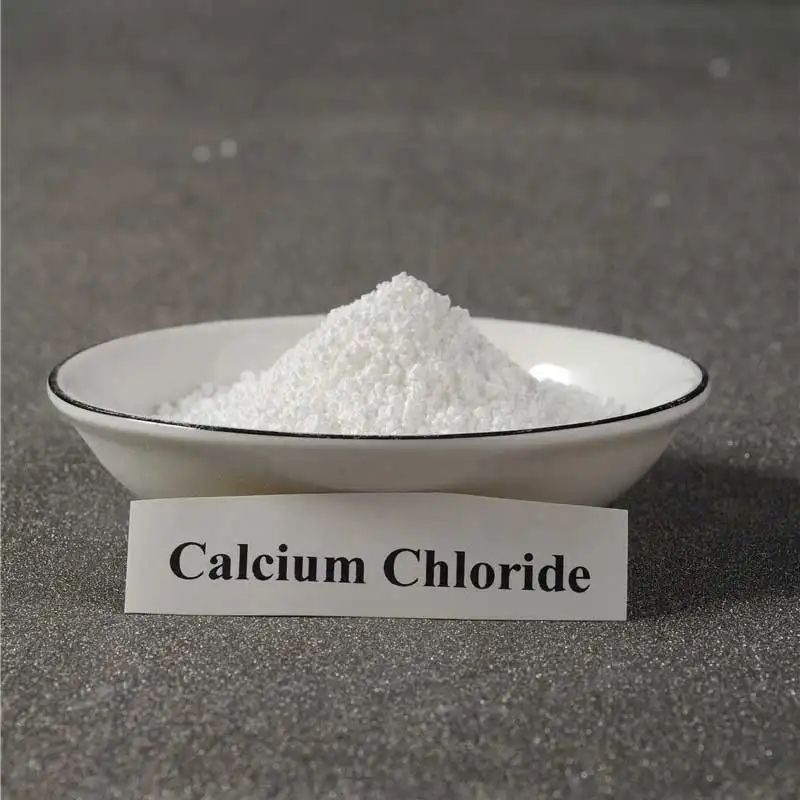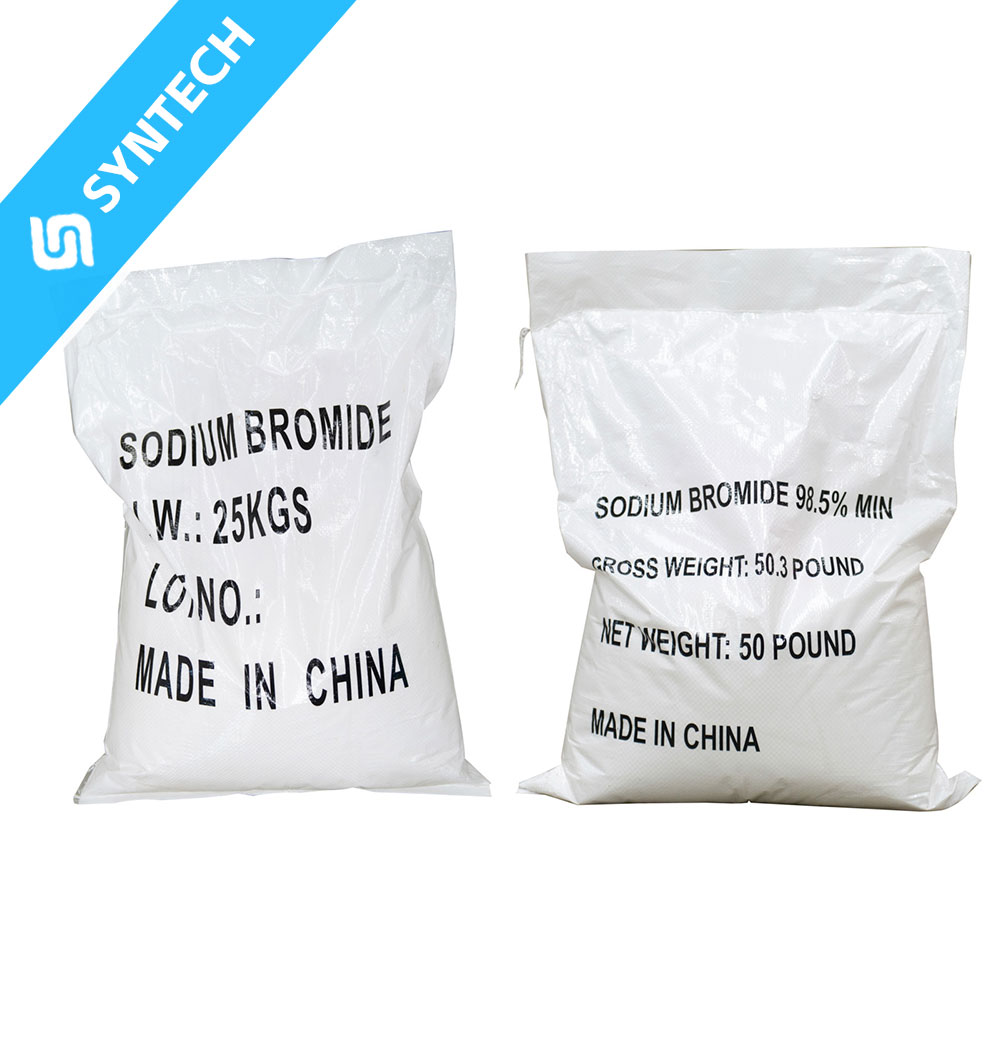Sodium Methallyl Sulfate (SMAS, chemical formula: C₄H₇O₃SNa) is a pivotal water-soluble functional monomer, primarily utilized in free radical copolymerization—the dominant polymerization pathway for SMAS. This preference arises from its molecular structure: the reactive carbon-carbon double bond (C=C, in the methallyl moiety, CH₂=C(CH₃)-) is highly susceptible to radical attack, while the anionic sulfonate group (-SO₃Na) ensures excellent water solubility, enabling aqueous-phase polymerization (the most common industrial approach). Below is a detailed, stepwise description of its polymerization process, focusing on free radical copolymerization (the most industrially relevant mode) and key influencing factors.
1. Core Polymerization Mechanism: Free Radical Copolymerization
SMAS rarely undergoes homopolymerization on an industrial scale, as its homopolymer tends to have limited functionality (e.g., overly high charge density leading to poor solubility in high-salt environments). Instead, it is almost exclusively copolymerized with other water-soluble vinyl monomers (e.g., acrylic acid (AA), acrylamide (AM), 2-acrylamido-2-methylpropanesulfonic acid (AMPS)) to tailor polymer properties (e.g., salt resistance, thermal stability, and mechanical strength). The process follows the classic four-step free radical polymerization mechanism, modified by SMAS’s unique structural features (e.g., steric hindrance from the methyl group and charge effects from the sulfonate ion).
Step 1: Initiation – Generation of Reactive Radicals
The initiation stage’s goal is to produce free radicals that can activate SMAS’s C=C double bond. Given SMAS’s water solubility, aqueous-phase initiators are exclusively used, with the most common being:
- Persulfates: Ammonium persulfate ((NH₄)₂S₂O₈) or sodium persulfate (Na₂S₂O₈), which decompose thermally (40–80°C, the typical industrial temperature range) to release sulfate radicals (·OSO₃⁻):(NH₄)₂S₂O₈ → 2 NH₄⁺ + 2 ·OSO₃⁻
- Redox initiator systems: For lower-temperature polymerization (20–50°C, to avoid monomer volatilization or polymer degradation), redox pairs like persulfate-sodium bisulfite (NaHSO₃) or persulfate-ascorbic acid are used. The reducing agent accelerates initiator decomposition, generating radicals at lower temperatures:S₂O₈²⁻ + HSO₃⁻ → ·OSO₃⁻ + SO₄²⁻ + HSO₃·
These sulfate-derived radicals (·OSO₃⁻) are highly electrophilic and immediately target the electron-rich C=C double bond in SMAS. The radical attacks one carbon of the double bond, breaking the π-bond and forming a SMAS monomer radical (a carbon-centered radical stabilized by resonance and the adjacent sulfonate group’s electron-withdrawing effect):·OSO₃⁻ + CH₂=C(CH₃)-CH₂-SO₃Na → OSO₃⁻-CH₂-C·(CH₃)-CH₂-SO₃Na
Step 2: Propagation – Chain Growth via Monomer Addition
The propagation stage is where the polymer chain elongates, and SMAS’s structural characteristics directly influence chain growth kinetics and polymer architecture:
- The SMAS monomer radical (with a radical center on the substituted carbon) remains highly reactive and attacks the C=C double bond of another monomer molecule—either SMAS or a comonomer (e.g., AM, AA). For example, in SMAS-acrylamide (AM) copolymerization:OSO₃⁻-CH₂-C·(CH₃)-CH₂-SO₃Na + CH₂=CH-CONH₂ → OSO₃⁻-CH₂-C(CH₃)(CH₂-SO₃Na)-CH₂-CH·-CONH₂
- Key effects of SMAS’s structure:
- Steric hindrance from the methyl group: The -CH₃ group on the C=C double bond creates mild steric hindrance, slowing the propagation rate slightly compared to unsubstituted monomers (e.g., AA). This reduces chain branching and promotes the formation of more linear polymer backbones, enhancing the final polymer’s mechanical stability.
- Charge stabilization from the sulfonate group: The anionic -SO₃Na group withdraws electron density from the radical center, stabilizing the monomer radical. This prevents premature radical quenching and allows for longer chain growth, increasing the polymer’s molecular weight (typically 10⁶–10⁷ Da for industrial-grade copolymers).
- Water solubility maintenance: As the chain grows, the high density of -SO₃Na groups on the polymer backbone ensures the growing chain remains soluble in water, avoiding precipitation (a critical advantage over hydrophobic monomers that require organic solvents).
Propagation continues until the radical center is deactivated (via termination or chain transfer).
Step 3: Termination – Cessation of Chain Growth
Termination occurs when two reactive radical centers react with each other, eliminating their reactivity. In aqueous SMAS copolymerization, two primary termination pathways dominate:
- Combination (Coupling): Two growing polymer radicals react by forming a covalent bond between their radical centers. For example:Polymer₁-CH₂-C·(CH₃)-CH₂-SO₃Na + ·CH(CH₂-SO₃Na)-C(CH₃)-CH₂-Polymer₂ → Polymer₁-CH₂-C(CH₃)(CH₂-SO₃Na)-CH₂-CH(CH₂-SO₃Na)-C(CH₃)-CH₂-Polymer₂This pathway produces polymers with higher molecular weights (the sum of the two growing chains) and no unsaturated end groups. It is more common at lower temperatures (40–50°C) when radical mobility is moderate.
- Disproportionation: A hydrogen atom is transferred from one growing radical to another, forming one polymer chain with a saturated end group and another with an unsaturated (C=C) end group. For example:Polymer₁-CH₂-C·(CH₃)-CH₂-SO₃Na + Polymer₂-CH₂-C·(CH₃)-CH₂-SO₃Na → Polymer₁-CH₂-CH(CH₃)-CH₂-SO₃Na + Polymer₂-CH₂-C(CH₃)=CH₂-SO₃NaDisproportionation becomes more prevalent at higher temperatures (60–80°C), as increased molecular motion facilitates hydrogen transfer. It produces polymers with lower molecular weights than combination but introduces reactive end groups that may participate in secondary reactions (e.g., cross-linking, if a cross-linker like N,N’-methylenebisacrylamide is added).
Step 4: Chain Transfer (Optional but Industrially Relevant)
Chain transfer is a secondary reaction that adjusts the polymer’s molecular weight by transferring the radical center from a growing chain to another molecule (e.g., solvent, monomer, or chain transfer agent). In SMAS polymerization:
- Solvent (water): Water acts as a weak chain transfer agent; hydrogen abstraction from water generates a hydroxyl radical (·OH), which can reinitiate polymerization but produces shorter chains.
- Chain transfer agents (CTAs): To precisely control molecular weight (e.g., for low-molecular-weight dispersants), small molecules like isopropanol or sodium hypophosphite are added. These CTAs react with growing radicals, terminating the original chain and forming a new radical that initiates a shorter chain:Growing Polymer Radical + Isopropanol → Terminated Polymer (with -H end group) + ·CH(OH)-CH₃The new ·CH(OH)-CH₃ radical then attacks a SMAS/monomer double bond, starting a new, shorter chain.
2. Typical Industrial Copolymerization System: SMAS-Acrylamide (AM)-Acrylic Acid (AA)
To illustrate SMAS’s practical polymerization, the SMAS-AM-AA ternary copolymerization (widely used in water treatment flocculants and oilfield drilling fluid thickeners) is detailed below:
Reaction Conditions
- Temperature: 50–60°C (optimized for redox initiator decomposition and minimal disproportionation).
- Stirring: Mechanical stirring at 200–300 rpm (ensures uniform monomer/initiator distribution and prevents local overheating).
- Reaction Time: 4–6 hours (until monomer conversion exceeds 95%, measured via titration of residual C=C bonds with bromine).
- Post-Treatment: After polymerization, the viscous copolymer solution is spray-dried or precipitated with ethanol to obtain a solid powder (easier to transport and store).
3. Key Characteristics of the Polymer Product
The final SMAS-based copolymer exhibits properties directly derived from the polymerization process:
- Water Solubility: High, due to the dense -SO₃Na and -COOH/-CONH₂ groups.
- Molecular Weight: 10⁶–10⁷ Da (controlled via temperature, initiator concentration, and CTAs).
- Charge Density: Anionic (20–40 meq/g), determined by SMAS/AA content.
- Salt Resistance: Superior to AM-AA copolymers, as -SO₃Na groups are less likely to form complexes with Ca²⁺/Mg²⁺ ions than -COOH groups.
Summary
SMAS’s polymerization is defined by aqueous-phase free radical copolymerization, driven by its reactive C=C double bond and stabilized by its -SO₃Na group. The process—initiation via water-soluble initiators, propagation modulated by steric/charge effects, termination via combination/disproportionation, and optional chain transfer—enables precise control over polymer structure and properties. Its copolymerization with AM, AA, or AMPS yields functional polymers tailored for high-performance applications in water treatment, oilfield, and papermaking industries.






